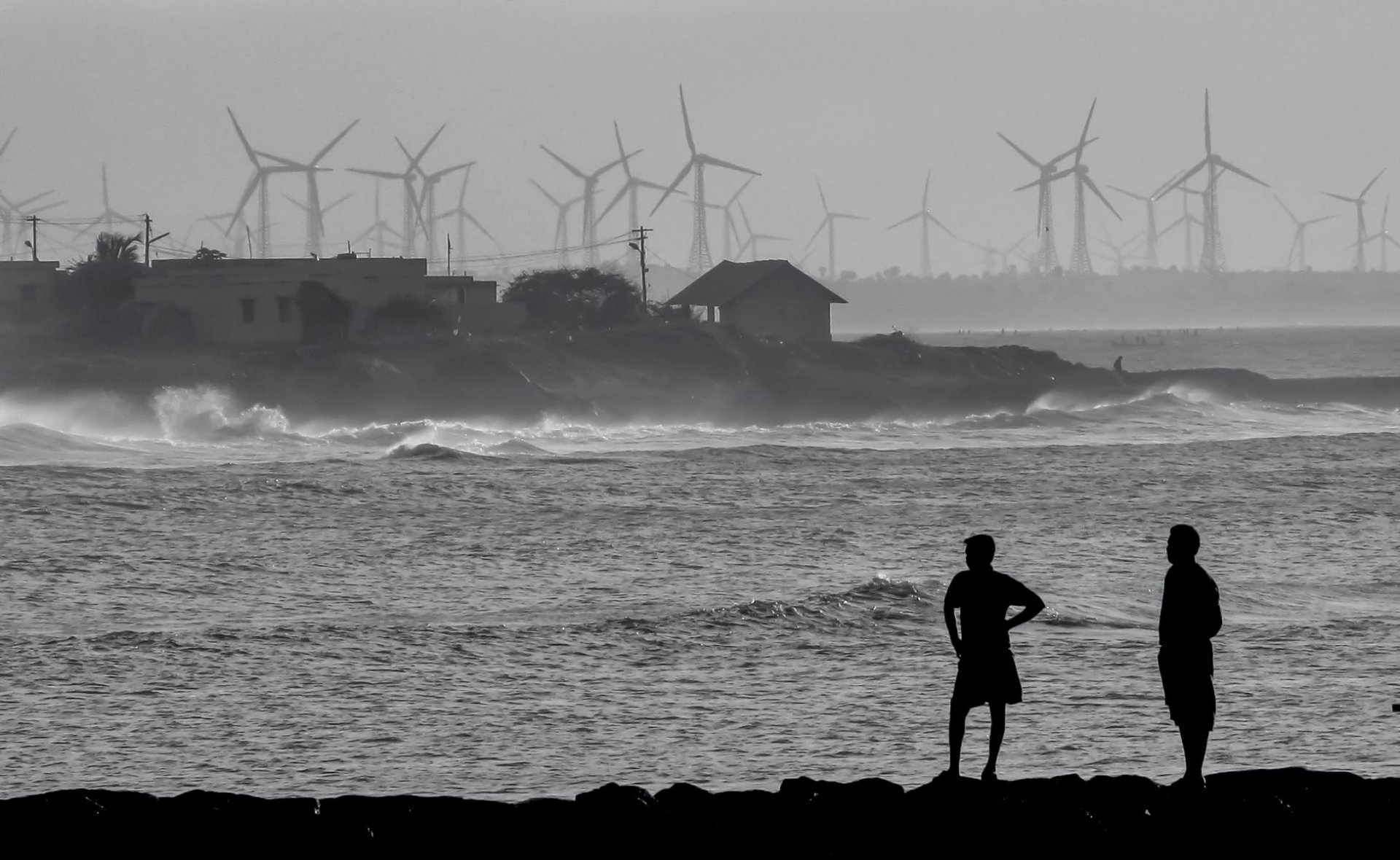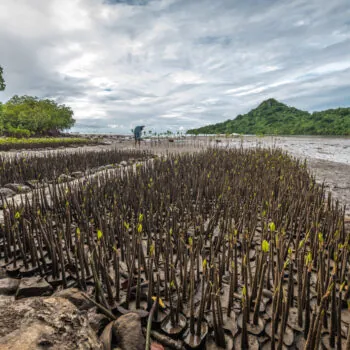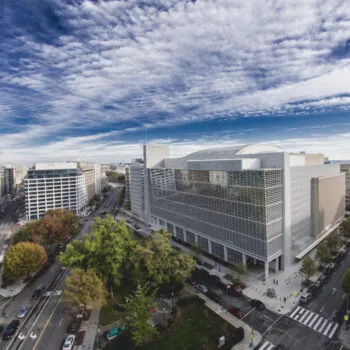The original purpose of multilateral development banks (MDBs), particularly the World Bank, was to seize historic moments and provide global financial support commensurate with the scale of the challenge. That’s what happened in the reconstruction of the world after World War II, when the World Bank was created. Further MDBs were created later, as waves of decolonisation created new development finance demands.
Now we are again experiencing such a historic moment. The COVID-19 pandemic has devastated the global economy, disproportionately damaging the economies of developing countries and the livelihoods of their peoples. These countries typically possess less financial capacity to offset that damage than developed countries, and have economically more vulnerable populations. We are seeing the development gains of past decades being reversed and hundreds of millions of people slipping back into poverty and inequality. The roots of future conflict are being established as we speak.
MDBs in the green recovery
At the same time, the climate crisis is beginning to overwhelm the world. The responsibility to reduce greenhouse gas (GHG) emissions is becoming much more urgent, as is the need to adapt to already unavoidable climate change. Addressing both aspects of the climate crisis – mitigation and adaptation – will require adequate financing flows to developing countries.
The major GHG emitters among developing countries are of course the middle-income countries (MICs) and not those with low incomes. The MICs need to do the most mitigation, but they are also the countries whose indebtedness could threaten the global financial system. Usually the MICs’ financing from MDBs is at near-commercial rates. This befits their economic status in “normal” times, rather than the “concessional” rates which are offered to poorer economies.
But we are not in normal times. National economies have crashed, and national debts are soaring. MICs will need substantial multilateral development bank resources if they are to address climate change mitigation as part of economic recovery. Furthermore, at least some of those resources will need to be concessional to stem the risk of debt distress and global systemic financial damage.
A solution for everyone
A solution exists that can be activated by developed countries in everyone’s interest. The MDBs can access concessional multilateral climate funds such as the Climate Investment Fund (CIF) and the Green Climate Fund (GCF). They can provide these funds to developing countries for climate change mitigation investments, blended with non-concessional funds from their own capital. That means the overall terms of the money provided would be significantly cheaper than commercial terms.
But in order to do this, the MDBs will need to have adequate capital of their own to blend with the multilateral climate fund money. That in turn will require developed countries to support and fund new capital injections into the MDBs.
The historic moment is now, and countries need to seize it while the window of opportunity is open. As Winston Churchill is famously reputed to have said, “Never let a good crisis go to waste!”. The current times call for clear-sighted courageous leadership by the governments of the countries which fund the MDBs. For all our sakes.


